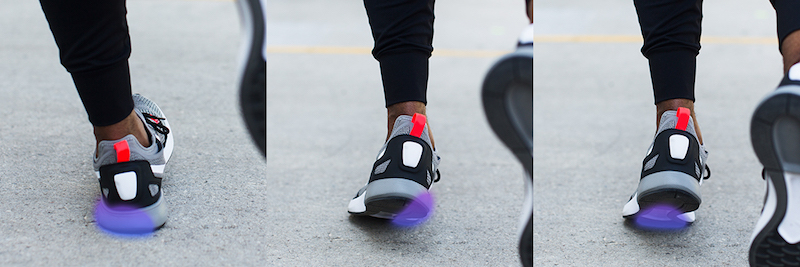What is a shin splint/Medial Tibial Stress Syndrome (MTSS)?
Shin splints/MTSS refers to a nagging and dull ache that runs along the inner shin – with potential swelling. Although often not serious, shin splints can lead to more serious conditions (like stress fractures) if not treated properly – or, by doing too much too soon! This is the reason why a lot of beginner runners tend to “run” into this problem.
The impact from running creates a lot of repeated stress on our body, and the muscles and bones require time to adapt and rebuild to become stronger. When runners increase their training too quickly, it can cause the muscle and bone to be mechanically overstressed leading to injury.

Although shin splints are common in runners, it is also frequently found in many who engage in sports activities such as soccer, basketball, long jump, or tennis. Make sure you progress the frequency, duration, and intensity of your activities gradually to avoid shin splints.
Causes of Shin splints/Medial Tibial Stress Syndrome (MTSS)

• Increased foot pronation
• An abrupt increase in training intensity
• Hard or inclined running surfaces (or both)
• Inappropriate or old/inadequate footwear
• Previous injury
• Greater internal and external hip ROM
Sometimes, no matter how hard you try to avoid some injuries, you can’t always run away from those problems.

Treatments for Shin Splints/ Medial Tibial Stress Syndrome (MTSS)
There are various treatment options that can be prescribed by your therapist, including:
• Ice
• Stretching
• Strengthening exercises for the legs
• Graded running program
How Long Does It Take For Shin Splints To Heal?
Shin splint is a tricky condition that may linger for weeks or months. Be patient, it can take anywhere between a couple of weeks to 6 months to heal. If you have pain, stop the activity — do not ignore the symptoms because the earlier you receive treatment the faster your shin splints heal!
